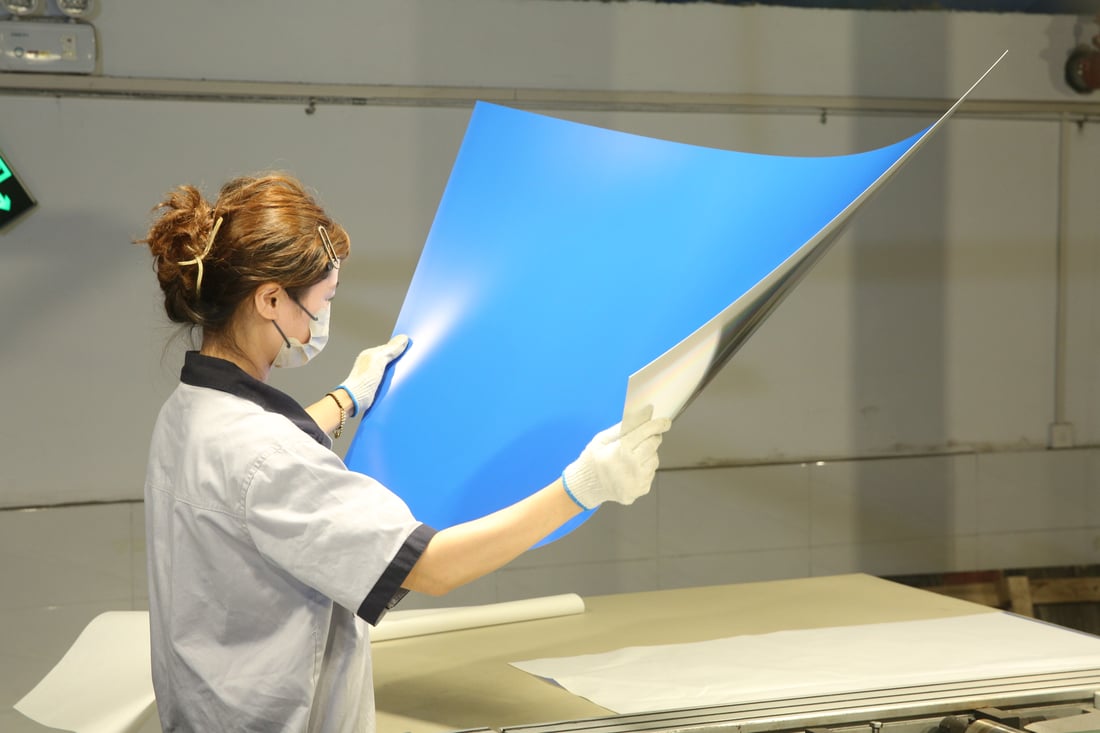Understanding the Difference: digital vs offset printing
When it comes to printing, businesses and individuals have two primary options: digital printing and offset printing. While both methods produce high-quality prints, there are distinct differences between the two. In this article, we will explore the pros and cons of digital printing and offset printing, helping you make an informed decision for your printing needs.
The Advantages of Digital Printing
Digital printing has gained popularity in recent years due to its flexibility and speed. With digital printing, you can easily make changes to your design without incurring additional costs. This method is ideal for small print runs or projects that require quick turnaround times. Additionally, digital printing allows for variable data printing, which means you can personalize each print with unique information, such as individual names or addresses.
The Benefits of Offset Printing
Offset printing, on the other hand, remains a popular choice for large print runs and projects that demand the highest level of quality. This method involves transferring ink from a metal plate to a rubber sheet, which is then applied to the printing surface. Offset printing offers precise color matching and the ability to use a wide range of specialty inks, such as metallic or fluorescent colors. It is also known for its exceptional image detail and consistency.
Quality Comparison: Digital vs Offset Printing
When it comes to print quality, offset printing often takes the lead. The process allows for more accurate color reproduction, especially when using Pantone colors or matching specific brand guidelines. Offset printing also provides a wider range of paper options, including textured or specialty papers, which can enhance the overall look and feel of the print. However, digital printing has made significant advancements in recent years and can deliver impressive results, particularly for smaller print sizes.
Cost Considerations: Digital vs Offset Printing
Cost is an essential factor to consider when choosing between digital and offset printing. Generally, digital printing is more cost-effective for small print runs, as it does not require the setup fees associated with offset printing. On the other hand, offset printing becomes more economical for larger quantities, as the setup costs can be spread across a higher number of prints. It is crucial to evaluate your printing needs and budget to determine which method best suits your requirements.
Turnaround Time: Digital vs Offset Printing
For projects that have tight deadlines, digital printing is the preferred choice. This method eliminates the need for time-consuming plate setup, making it faster and more efficient. With offset printing, the initial setup process can take longer, but once the plates are in place, the actual printing is faster than digital. Therefore, if time is of the essence and you require a quick turnaround, digital printing is the way to go.
Eco-Friendliness: Digital vs Offset Printing
When it comes to environmental impact, digital printing is generally considered more eco-friendly. Digital printers produce less waste, as they do not require the use of printing plates or chemicals. Additionally, digital printing allows for on-demand printing, reducing the need for excess inventory and minimizing paper waste. However, offset printing has made significant strides in recent years, with many printers adopting eco-friendly practices, such as using soy-based inks and recycled paper.
Flexibility and Customization: Digital vs Offset Printing
If you require customization and personalization in your prints, digital printing is the way to go. Digital printers can easily handle variable data printing, allowing you to personalize each print with unique information. Whether you need to print personalized invitations, direct mail pieces, or promotional materials, digital printing offers the flexibility to meet your specific needs. Offset printing, although not as versatile in terms of customization, excels in producing consistent and high-quality prints for larger quantities.
Longevity and Durability: Digital vs Offset Printing
Offset printing is known for its durability and longevity. The ink used in offset printing is absorbed into the paper, resulting in prints that can withstand time and handling without fading or smudging. Digital prints, while still of high quality, may be more susceptible to fading over time, especially when exposed to direct sunlight or harsh conditions. If you require prints that will stand the test of time, offset printing is the recommended choice.
Choosing the Right Printing Method for You
Ultimately, the choice between digital and offset printing depends on your specific needs and requirements. If you have a small print run, need quick turnaround times, or require customization, digital printing is the ideal choice. On the other hand, if you have a large print run, demand the highest level of quality, or need specialty inks, offset printing is the way to go. Evaluating factors such as print quality, cost, turnaround time, environmental impact, flexibility, and durability will help you make an informed decision and achieve the desired results for your printing projects.

